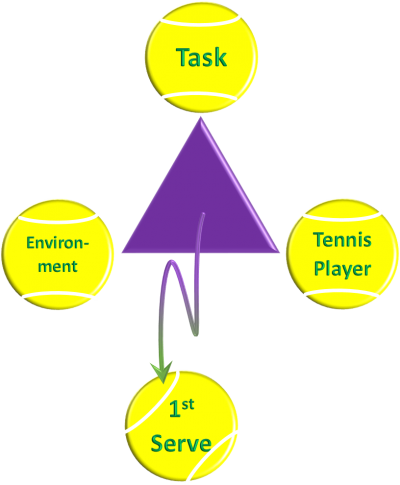Karen Howells, The Open University
As nations all over the world welcome their Olympic athletes home, many of us will take a moment to reflect on the whirlwind of psychological pressure, physical strain, elation and disappointment, which they have just experienced. But whether they’re revelling in the glory of hard-won medals, or recovering from heartbreaking defeats, Olympic athletes won’t have long before our attention shifts to the next spectacle.
So what happens to elite athletes when their moment in the spotlight is over? Sadly, it seems likely that many could suffer a case of the post-Olympic blues. Research following the 2010 Vancouver Winter Olympics found that the return home can be accompanied by confusion, depression, anger, resentment, abandonment and emptiness. We have only to browse the media or peer into the lives of Olympic athletes through their autobiographies to appreciate that dark times await many of these seemingly super-human beings – irrespective of their successes or failures.
Anecdotal reports suggest that the post-Olympic blues are common, with many athletes finding the return to normality difficult to handle. Some even appear to develop symptoms that are in keeping with a diagnosis of depression.
While there’s no consensus in the research that the incidence of depression is any different for elite athletes, research has identified that the public perception of athletes as being mentally tough means that athletes can find it harder to speak out about their struggles.
Even so, the stories of depression following previous Olympics serve as a warning to those leaving Rio; Amanda Beard, Ian Thorpe, Allison Schmidt and McKayla Maroney have all disclosed their experiences of depression. Cassie Patten, bronze medallist in the ten kilometre open water swim at the Beijing 2008 games said:
In the year after the games, I felt lost. I got really depressed … I would come swimming and just sit on poolside and just cry. It was horrible, because I loved swimming.
The curse of celebrity
Previously known only to the staunchest of swimming fans, Adam Peaty is now a household name after 57.13 seconds of record-breaking speed. In this age of social media, celebrity is easy to come by: within seconds of success or failure, the result has been interpreted and reported, and a celebrity is born.

PATRICK B. KRAEMER/EPA
The notion that athletes are “great” is widespread throughout mainstream media, and for a golden moment in time that would positively impact on athletes’ sense of worth and self-esteem. But within weeks – if not days – of returning home, the harsh realities of life as a professional sportsperson will return.
No longer will the athletes be celebrities, who are loved and instantly recognised by their adoring fans. Instead, they will be at the start of another four-year cycle of gruelling training and fierce competition, working toward that distant goal of qualifying for Tokyo 2020.
The impact of this return to the daily grind on elite athletes has not been explored in depth. But it is likely that there is some negative impact on self-worth that may well contribute to the development of mental health issues.
The athletic identity
Issues surrounding identity – that is, someone’s sense of who they are – can also contribute to the likelihood of depression occurring, especially for those who are transitioning out of sport. Olympians whose identity as athletes to the exclusion of other roles may be at the greatest risk. For athletes who are used to measuring their success and worth in terms of their speed, strength and stamina, it can be very difficult to find fulfilment in other domains.
In an interview with NBC, US swimmer Michael Phelps spoke of his debilitating experiences with depression. Following London 2012, he said: “I thought of myself as just a swimmer, and nobody else.”
Phelps’ experiences highlight how important it is for all elite athletes – even those for whom sport remains their number one priority – to prepare for futures after their sporting careers.
Looking forwards
Sport psychologists and coaches stress the importance of setting process, performance and outcome goals in the years before the Olympic Games. Research has shown that the setting of goals can provide focus and markers of progress, as well as serving to maintain self-esteem and promote resilience throughout the difficult training schedules.
But when the Olympics are over, those goals become irrelevant. Accordingly, many athletes lose focus, feel lost and lack direction. As London 2012 gold medallist Victoria Pendleton stated:
You have all this build-up for one day, and when it’s over, it’s: ‘Oh, is that it?’ You’re relieved but kind of sad and numb. It’s over … people think it’s hard when you lose, but it’s almost easier to come second because you have something to aim for when you finish. When you win, you suddenly feel lost.
So irrespective of success or failure, it is vital that athletes re-evaluate their post-Olympic lives, and set new goals – whether they are remaining in sport or not.
As the public divert their attention to other events, and national sporting organisations shift their focus to the next four years, it is important that coaches and teams spend some time focusing on returning athletes, to address the negative impacts of sudden celebrity and dominant athletic identity. At the earliest opportunity, athletes need to form new goals, to move forwards into post-Olympic life.
Karen Howells, Lecturer in Sport and Fitness, The Open University
This article was originally published on The Conversation. Read the original article.















